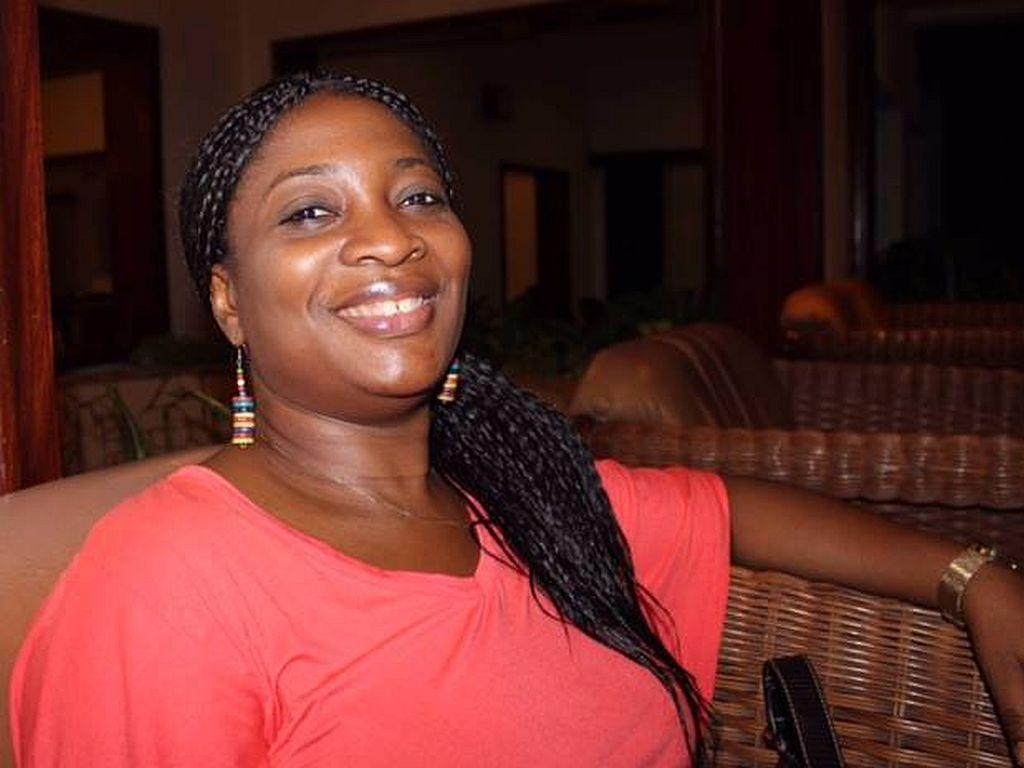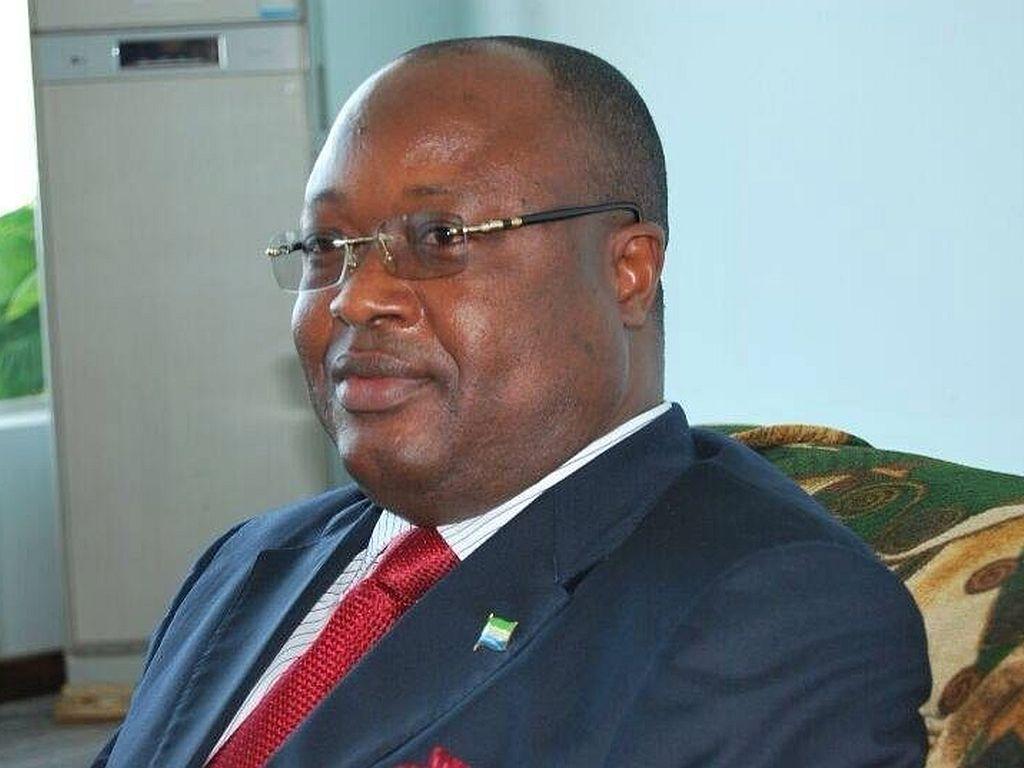By Francis Ben Kaifala ESQ.
When I was growing up as a child in a Catholic home, one of my favourite books was “My Book of Bible Stories”. From it I got to learn a lot of lessons from the stories contained therein which have shaped my thinking even after over some 25 years later, one of which is the interpretation of the dream of “the seven fat cows and the seven thin cows” by Joseph the Israelite for Pharaoh in the Land of Egypt. With no intention to delve into the facts of that well known dream, the interpretation of which led to a change in the destiny of Egypt, suffice it to say that the lesson I learnt from it is that in times of great harvest and plenty that is when a people should prepare for famine. In other words, it is during sunny days that preparations ought to be made for rainy days.
The above classical story of cyclical Economics, presented in very rudimentary terms in the Bible, is as relevant today as it was in Ancient Egypt. While the Sierra Leonean society generally lives, in many respects, contrary to the ideals and wisdom of the Joseph story summarized above, one sector which needs to take seriously the omen and interpretation it provides is our banking sector. The key players and the regulators must put their act together so as to avert the detonation of a ticking “atomic bomb” within the economy.
I am sure that the comparatively few Sierra Leoneans who understand the mechanics of banking, but more particularly the overwhelming majority of those who use banks for the making of deposits and drawing of cheques to recall their moneys for commercial or personal use may have, for the past three Decembers in a row, noticed and/or experienced a constant phenomenon with the banks, i.e. delays in opening, long queues, and in some instances, inability to access one’s own money. Some banks even close early only to open on another day to meet even longer queues!
The regulators (Bank of Sierra Leone) have made nothing of it. The commercial banks simply bluff their way through, while the ordinary man takes it for granted that two or three days later he is paid. It seems to all this is a perfectly normal phenomenon. Well I can say to all Sierra Leoneans, with my tongue firmly in my cheek, that this phenomenon is far from being normal – it is a liquidity crisis for some of the banks and it has the tendency of crippling the economic fabric of Sierra Leone if not taken seriously through the putting into place of mechanisms by these commercial banks and the central bank to prevent recurrence.
To understand this, I will attempt to explain in plain terms how banking works. The role of the banking sector is very crucial to the process of “money creation” and access to credit by all within the economy. Demand deposits, otherwise known as “Checking accounts” are a major part of the money supply within the economy. Every cent that each Sierra Leonean deposits with the several banks is, contrary to popular understanding, not an asset to the bank, but a liability. It is a liability because at any time during banking hours an account holder makes a demand on the bank either by way of issuing of cheques, withdrawal slips, or such other acceptable means of withdrawal, the bank is obliged to make available the value of the negotiable instrument (otherwise known as “convertibility”). However, the reality the banks face is that the moneys deposited are not kept in some big vault awaiting the knock on the bankers’ door by the depositor; the bulk of it is turned into assets like the purchase of bonds or the issuing of loans – and only a small portion (a ratio fixed by the Central Bank) is kept for such unpredictable wave of demand. That is why the banks are always susceptible to liquidity risk. The reason why it does not develop into a systemic risk which may lead to a major banking crisis for one or more of the banks and/or spread to some or all other banks is because not all the depositors request their moneys from the banks at the same time; but in the event there is a sporadic demand beyond the available cash with the banks, the banks can simply borrow from other more liquid banks, or quickly liquidate their assets, or borrow from the central bank as a “Lender of Last Resort” in normal situations to deal with the temporary liquidity shortage.
In that vein, what we all experience in Decembers with some of the banks in terms of access to our money is a liquidity risk – it is the crisis that befalls a bank when it is unable to meet the demands for deposit withdrawals when they become due. In other words, when the ordinary man goes to the bank to claim his salary paid into his account by his employer or which he had previously deposited, the bank either delays him or refuses to pay him what he has the right to claim at all times because the bank does not have at that moment sufficient liquid cash to do so. When looked at in isolation, and if it is not a recurrent affliction, this can be taken for granted as a one-off problem. But since it is becoming a repeated phenomenon, and when juxtaposed with other risks in our banks like credit risk, market risk, interest rate risk, foreign exchange risk, operational and legal risk, that is where that which is deemed to be perfectly “normal” can become seriously abnormal.
From the well publicised case involving The State V. Kabba Kalu and Others, it does not require rocket science to discern that some or all of our major banks may be engaged in “reckless lending” practices and it is apparent that banking supervisors at the Bank of Sierra Leone are not any way near being able to perform their job of ensuring compliance with banking regulations and carry out adequate prudential supervision. The danger with the recurring liquidity crisis in December when juxtaposed with reckless banking, and the failure of micro and macro-prudential banking supervision and regulation is that this may lead to a systemic risk within the banking industry of such a magnitude that may plunge one or more banks in the sector into crisis – which may bring down with it the country’s entire economy. This is because central bankers and all savvy bankers ought to know that every risk (in this case liquidity risk) can grow into systemic proportion when its negative impact extends beyond individual institutions, affecting or threatening to affect by contagion, other institutions, thus often creating a disruption in the monetary system or an associated economic paralysis. As a matter of fact systemic risks seldom occur alone – they usually spread to other risks like wild fire which may engulf indeterminable boundaries. I need not remind all about the collapse of Lehmann Brothers and the effect it had not only on the US economy but the whole world at large.
In the light of the foregoing, as December approaches again, let all bankers take heed that the people are not fools and that a well justified perception has now developed that the banks fail to adequately provide access to cash in that very important month when he who has sufficient cash lives like a King. I want them all to imagine what will happen to the banking sector if on the 1 December there develops an unprecedented rush on the banks for cash. I am sure the managing directors of the banks will not want to think of the answer to that question as their guess is as good as mine. But the person who should be more worried about this is the Governor of the central bank because should the bank rush happen, overwhelmed banks will have only one viable option – suspend convertibility and close their doors. In that case, should the two or three banks that usually have liquidity crisis in December become ten banks, even the central bank may fail in its function as the “lender of last resort” because money is not printed in Sierra Leone, quite apart from the economic consequences of injecting excess liquidity into the financial system which may just destroy the entire economy altogether.
In the light of the forgoing, the banks and the banking regulators should learn from the lesson of the "seven fat cows and the seven thin cows”, and prepare ahead for December – which comes every year with a higher demand for liquid cash – and be savvy enough to maintain sufficient reserves and borrowing lines. They should remember that all banks are interconnected and that no chain is stronger than its weakest link. It is in their healthy lives that they should prepare for infirmities. The liquidity crisis which they have struggled with individually and collectively for the past three years is predictably becoming cyclical. Like the wild, it is because individual trees exist that there are forests. The health of each “tree” should be watched as much as the entire forest, if not, a “disease” may spread to one tree after the other and it may just be too late to do anything about it once it has begun to spread.
I conclude therefore by reminding the Governor of the Central Bank and his team that there is a perennial public interest in banking which ought to be prudentially protected. While regulation is always useful, ongoing monitoring and oversight of the health of the banks and the banking system during non-crisis periods – in particular asset quality, capital adequacy, liquidity, management, internal controls and earnings, risk monitoring and control, and most importantly, prompt and adequate sanctioning – will minimise the prevalence of reckless banking and may just save us from a ticking economic “time bomb” as December lurks again.
Francis Ben Kaifala is a Barrister and Solicitor and is a postgraduate student at The School of law & the School of Economics and Finance, Queen Mary University of London. E-mail: fkaifala@yahoo.fr
(C) Politico 12/11/13








